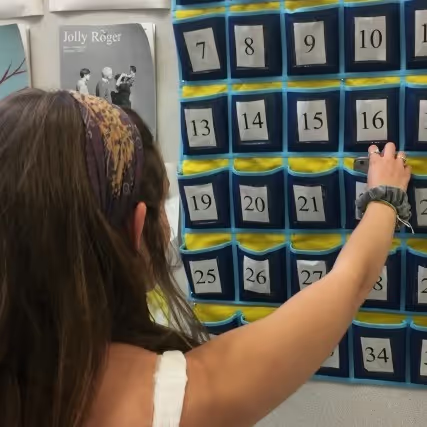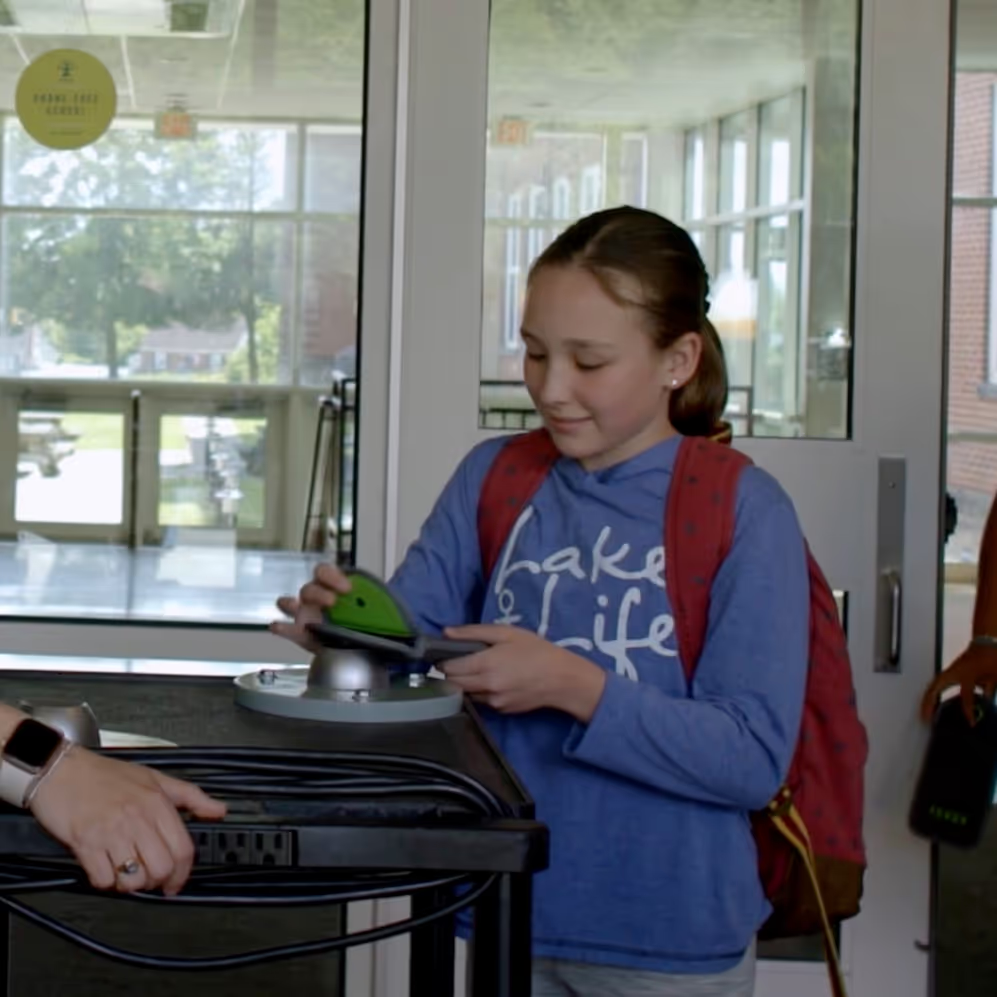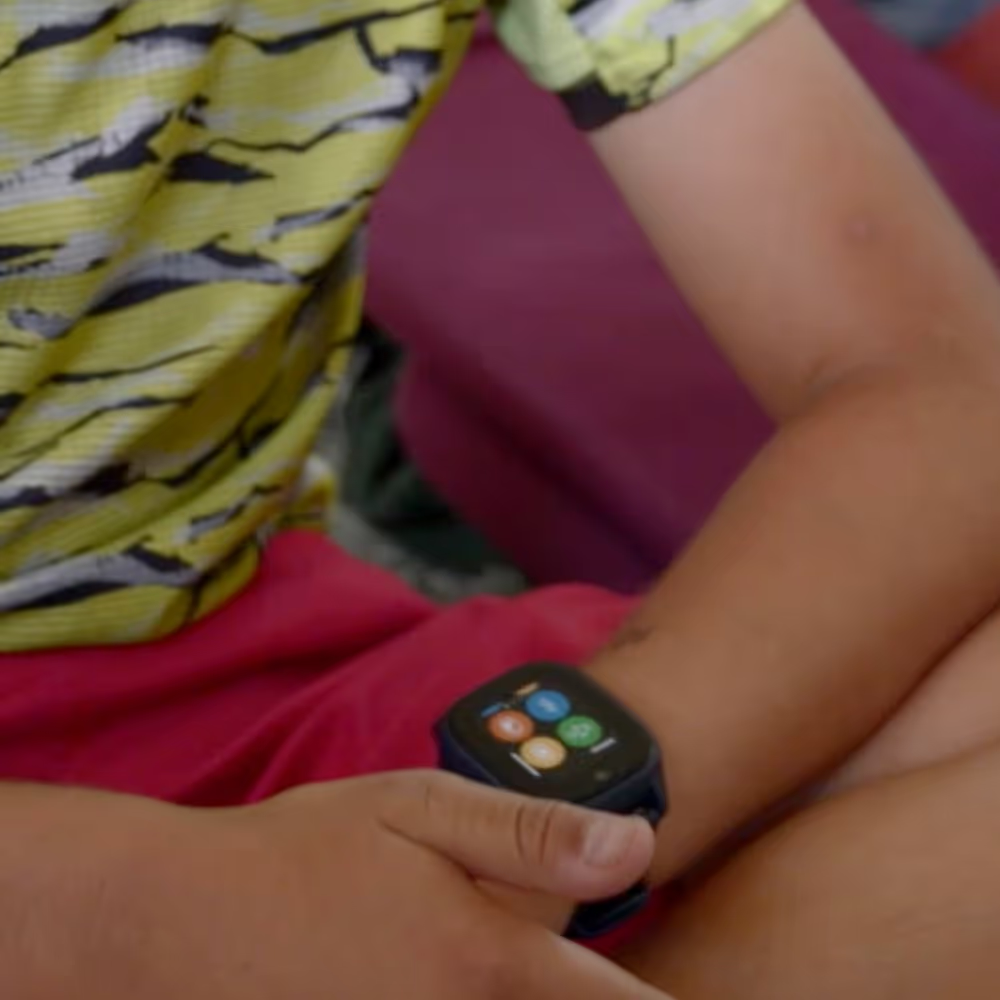


As this school year winds down, we are hearing from teachers, parents and principals from all over the country about how many have already or are in the process of changing their school’s cell phone policies. This is really exciting! Now is the time to think about next year’s policies.
While initially intended for middle schools, the tools we created for people wanting to change school policies—at the Away For The Day website—are being used by high schools as well. In fact, the resources and research are relevant to all school grades. We have many testimonials, sample policies, answers to common pushbacks and ways to take action to help you bring an Away For The Day cell phone policy to your school.
For middle school-age students we believe that having phones in lockers (or backpacks) during the school day is the best policy—this is what we mean by Away For The Day.
Regarding high schools, Away For The Day is taking a different direction: Very often the policy is to have each teacher decide their own classroom phone policy, typically including anything from letting students use phones freely to not allowing them at all, and many variations in between. High schools are now realizing that establishing a common policy across the school, in which phones are to be put away during class time, is a much better option. The students still have their phone at break and lunchtime. While such situations are not true “Away For The Day” policies, we believe it is a good alternative.
For many schools, the process takes time to vet, get approval and buy-in from all the various stakeholders (administrators, teachers, students and parents). My co-producer on Screenagers, Lisa, served on a committee at her daughter’s high school that helped bring about a cell phone policy change. The process started in May 2017 and it took until April 2018 for it to get voted into action.
Her Northern California school, Drake High School, is doing what we hear more and more high schools are instituting. The simple act of placing the phone in a classroom cell phone pocket holder, basket, or the like, minimizes the distraction by limiting immediate access to the phone, but at the same time, teachers have the flexibility to ask students to use their phone for an assignment when needed.
Yes, it took work, but people are really excited about how it is going to help improve the learning environment.
Drake High School assistant principal Chad Stewart talks about the change in a Marin IJ article:
“There is an agreement that when they walk into a classroom next year every student will park their cellphone in a holding area so they will be distraction free during the class,” said Assistant Principal Chad Stewart. “It’s really a parking lot for cell phones.”
I regularly hear from teachers that kids are now playing Fortnite on their phones during class. They just can’t resist the urge when the phone is in their pockets. When the phones are parked in cell phone pocket holders, the teacher doesn’t have to worry about this and the student doesn’t have to feel the pull of the distraction. The research is clear. Seventy-five percent of teachers report that attention spans of students have decreased when the phone is accessible.
The director of operations at a high school in Virginia wrote us that they changed their policy in 2016 to:
“Students are asked to place their phone in the caddy when they enter class and can pick it up on their way out. Teachers have the discretion of allowing phones when educational apps or calculators on phones are a resource.”
She goes on to say:
“We incorporated Screenagers into our ‘advisory period’ so students and teachers could actively talk about cell phone use at school and at home. Students honestly said they were surprised at how much less stress they felt knowing they couldn’t check their phone during class. They hadn’t realized how distracting their phone was until they didn’t have it. Even if it was in their backpack – it was always calling to them to sneak a peek. This year, cell phones in the classroom are not even a conversation. We still deal with gaming addiction concerns, safety issues, and other device topics – but cell phones in the classroom, for the most part, is a non-issue.”
Learn more about showing our movies in your school or community!
Join Screenagers filmmaker Delaney Ruston MD for our latest Podcast

Learn more about our Screen-Free Sleep campaign at the website!
Our movie made for parents and educators of younger kids
Learn more about showing our movies in your school or community!
Learn more about showing our movies in your school or community!
Join Screenagers filmmaker Delaney Ruston MD for our latest Podcast

Learn more about our Screen-Free Sleep campaign at the website!
Our movie made for parents and educators of younger kids
Join Screenagers filmmaker Delaney Ruston MD for our latest Podcast
As we’re about to celebrate 10 years of Screenagers, we want to hear what’s been most helpful and what you’d like to see next.
Please click here to share your thoughts with us in our community survey. It only takes 5–10 minutes, and everyone who completes it will be entered to win one of five $50 Amazon vouchers.
As this school year winds down, we are hearing from teachers, parents and principals from all over the country about how many have already or are in the process of changing their school’s cell phone policies. This is really exciting! Now is the time to think about next year’s policies.
While initially intended for middle schools, the tools we created for people wanting to change school policies—at the Away For The Day website—are being used by high schools as well. In fact, the resources and research are relevant to all school grades. We have many testimonials, sample policies, answers to common pushbacks and ways to take action to help you bring an Away For The Day cell phone policy to your school.
For middle school-age students we believe that having phones in lockers (or backpacks) during the school day is the best policy—this is what we mean by Away For The Day.
Regarding high schools, Away For The Day is taking a different direction: Very often the policy is to have each teacher decide their own classroom phone policy, typically including anything from letting students use phones freely to not allowing them at all, and many variations in between. High schools are now realizing that establishing a common policy across the school, in which phones are to be put away during class time, is a much better option. The students still have their phone at break and lunchtime. While such situations are not true “Away For The Day” policies, we believe it is a good alternative.
For many schools, the process takes time to vet, get approval and buy-in from all the various stakeholders (administrators, teachers, students and parents). My co-producer on Screenagers, Lisa, served on a committee at her daughter’s high school that helped bring about a cell phone policy change. The process started in May 2017 and it took until April 2018 for it to get voted into action.
Her Northern California school, Drake High School, is doing what we hear more and more high schools are instituting. The simple act of placing the phone in a classroom cell phone pocket holder, basket, or the like, minimizes the distraction by limiting immediate access to the phone, but at the same time, teachers have the flexibility to ask students to use their phone for an assignment when needed.
Yes, it took work, but people are really excited about how it is going to help improve the learning environment.
Drake High School assistant principal Chad Stewart talks about the change in a Marin IJ article:
“There is an agreement that when they walk into a classroom next year every student will park their cellphone in a holding area so they will be distraction free during the class,” said Assistant Principal Chad Stewart. “It’s really a parking lot for cell phones.”
I regularly hear from teachers that kids are now playing Fortnite on their phones during class. They just can’t resist the urge when the phone is in their pockets. When the phones are parked in cell phone pocket holders, the teacher doesn’t have to worry about this and the student doesn’t have to feel the pull of the distraction. The research is clear. Seventy-five percent of teachers report that attention spans of students have decreased when the phone is accessible.
The director of operations at a high school in Virginia wrote us that they changed their policy in 2016 to:
“Students are asked to place their phone in the caddy when they enter class and can pick it up on their way out. Teachers have the discretion of allowing phones when educational apps or calculators on phones are a resource.”
She goes on to say:
“We incorporated Screenagers into our ‘advisory period’ so students and teachers could actively talk about cell phone use at school and at home. Students honestly said they were surprised at how much less stress they felt knowing they couldn’t check their phone during class. They hadn’t realized how distracting their phone was until they didn’t have it. Even if it was in their backpack – it was always calling to them to sneak a peek. This year, cell phones in the classroom are not even a conversation. We still deal with gaming addiction concerns, safety issues, and other device topics – but cell phones in the classroom, for the most part, is a non-issue.”
Sign up here to receive the weekly Tech Talk Tuesdays newsletter from Screenagers filmmaker Delaney Ruston MD.
We respect your privacy.
As this school year winds down, we are hearing from teachers, parents and principals from all over the country about how many have already or are in the process of changing their school’s cell phone policies. This is really exciting! Now is the time to think about next year’s policies.
While initially intended for middle schools, the tools we created for people wanting to change school policies—at the Away For The Day website—are being used by high schools as well. In fact, the resources and research are relevant to all school grades. We have many testimonials, sample policies, answers to common pushbacks and ways to take action to help you bring an Away For The Day cell phone policy to your school.
For middle school-age students we believe that having phones in lockers (or backpacks) during the school day is the best policy—this is what we mean by Away For The Day.
Regarding high schools, Away For The Day is taking a different direction: Very often the policy is to have each teacher decide their own classroom phone policy, typically including anything from letting students use phones freely to not allowing them at all, and many variations in between. High schools are now realizing that establishing a common policy across the school, in which phones are to be put away during class time, is a much better option. The students still have their phone at break and lunchtime. While such situations are not true “Away For The Day” policies, we believe it is a good alternative.
For many schools, the process takes time to vet, get approval and buy-in from all the various stakeholders (administrators, teachers, students and parents). My co-producer on Screenagers, Lisa, served on a committee at her daughter’s high school that helped bring about a cell phone policy change. The process started in May 2017 and it took until April 2018 for it to get voted into action.
Her Northern California school, Drake High School, is doing what we hear more and more high schools are instituting. The simple act of placing the phone in a classroom cell phone pocket holder, basket, or the like, minimizes the distraction by limiting immediate access to the phone, but at the same time, teachers have the flexibility to ask students to use their phone for an assignment when needed.
Yes, it took work, but people are really excited about how it is going to help improve the learning environment.
Drake High School assistant principal Chad Stewart talks about the change in a Marin IJ article:
“There is an agreement that when they walk into a classroom next year every student will park their cellphone in a holding area so they will be distraction free during the class,” said Assistant Principal Chad Stewart. “It’s really a parking lot for cell phones.”
I regularly hear from teachers that kids are now playing Fortnite on their phones during class. They just can’t resist the urge when the phone is in their pockets. When the phones are parked in cell phone pocket holders, the teacher doesn’t have to worry about this and the student doesn’t have to feel the pull of the distraction. The research is clear. Seventy-five percent of teachers report that attention spans of students have decreased when the phone is accessible.
The director of operations at a high school in Virginia wrote us that they changed their policy in 2016 to:
“Students are asked to place their phone in the caddy when they enter class and can pick it up on their way out. Teachers have the discretion of allowing phones when educational apps or calculators on phones are a resource.”
She goes on to say:
“We incorporated Screenagers into our ‘advisory period’ so students and teachers could actively talk about cell phone use at school and at home. Students honestly said they were surprised at how much less stress they felt knowing they couldn’t check their phone during class. They hadn’t realized how distracting their phone was until they didn’t have it. Even if it was in their backpack – it was always calling to them to sneak a peek. This year, cell phones in the classroom are not even a conversation. We still deal with gaming addiction concerns, safety issues, and other device topics – but cell phones in the classroom, for the most part, is a non-issue.”

This year, millions of students are experiencing a major shift: school days without phones, smartwatches, or other personal devices. Today we explore the wins, hurdles, and solutions helping schools succeed. We also share our resources that you can use to support technology policy changes in your schools.
READ MORE >
I recently sat down with middle school principal Zach at his school in Washington State. We talked about the challenges Zach and his team faced in his early years as principal when students used phones during school, and how he brought about a powerful transformation by having phones and smartwatches put away in locked pouches for the whole school day. In today’s blog, to raise awareness of the challenges, I share five real examples from Zach of the troubling ways students use phones at school to be unkind.
READ MORE >
It is with great pleasure that I share with you today a piece that Lisa Tabb and I did for Jonathan Haidt's (Author of The Anxious Generation) and researcher Zack Rausch's Substack blog — After Babel. In it, we discuss the rise in use of smartwatches in elementary schools and the problems they pose. There is a real cost to arming (pun intended) our kids with these devices and sending them to school. Now is the time to stop and fully address this topic and ensure that schools become smartwatch and phone-free.
READ MORE >for more like this, DR. DELANEY RUSTON'S NEW BOOK, PARENTING IN THE SCREEN AGE, IS THE DEFINITIVE GUIDE FOR TODAY’S PARENTS. WITH INSIGHTS ON SCREEN TIME FROM RESEARCHERS, INPUT FROM KIDS & TEENS, THIS BOOK IS PACKED WITH SOLUTIONS FOR HOW TO START AND SUSTAIN PRODUCTIVE FAMILY TALKS ABOUT TECHNOLOGY AND IT’S IMPACT ON OUR MENTAL WELLBEING.
